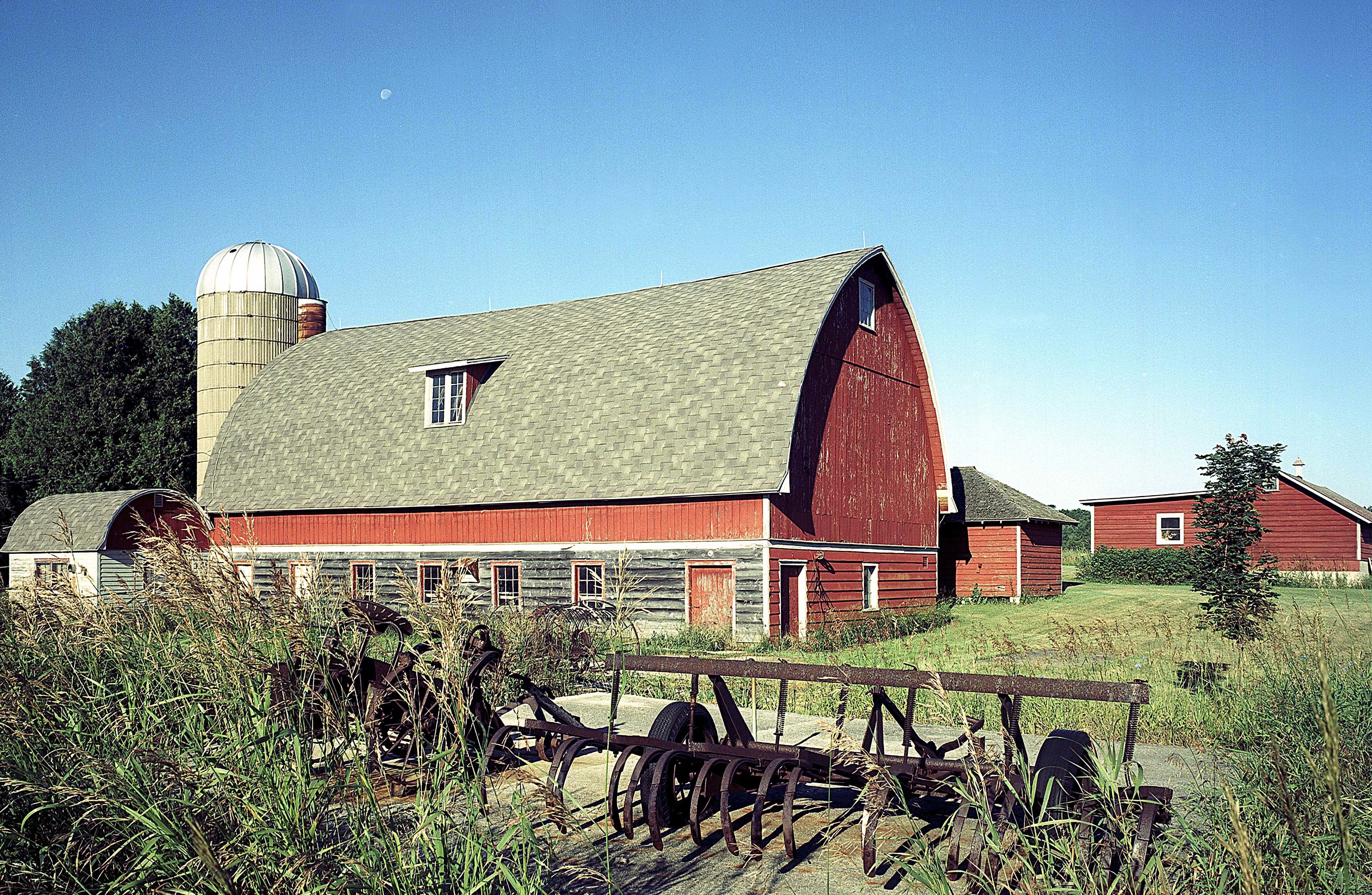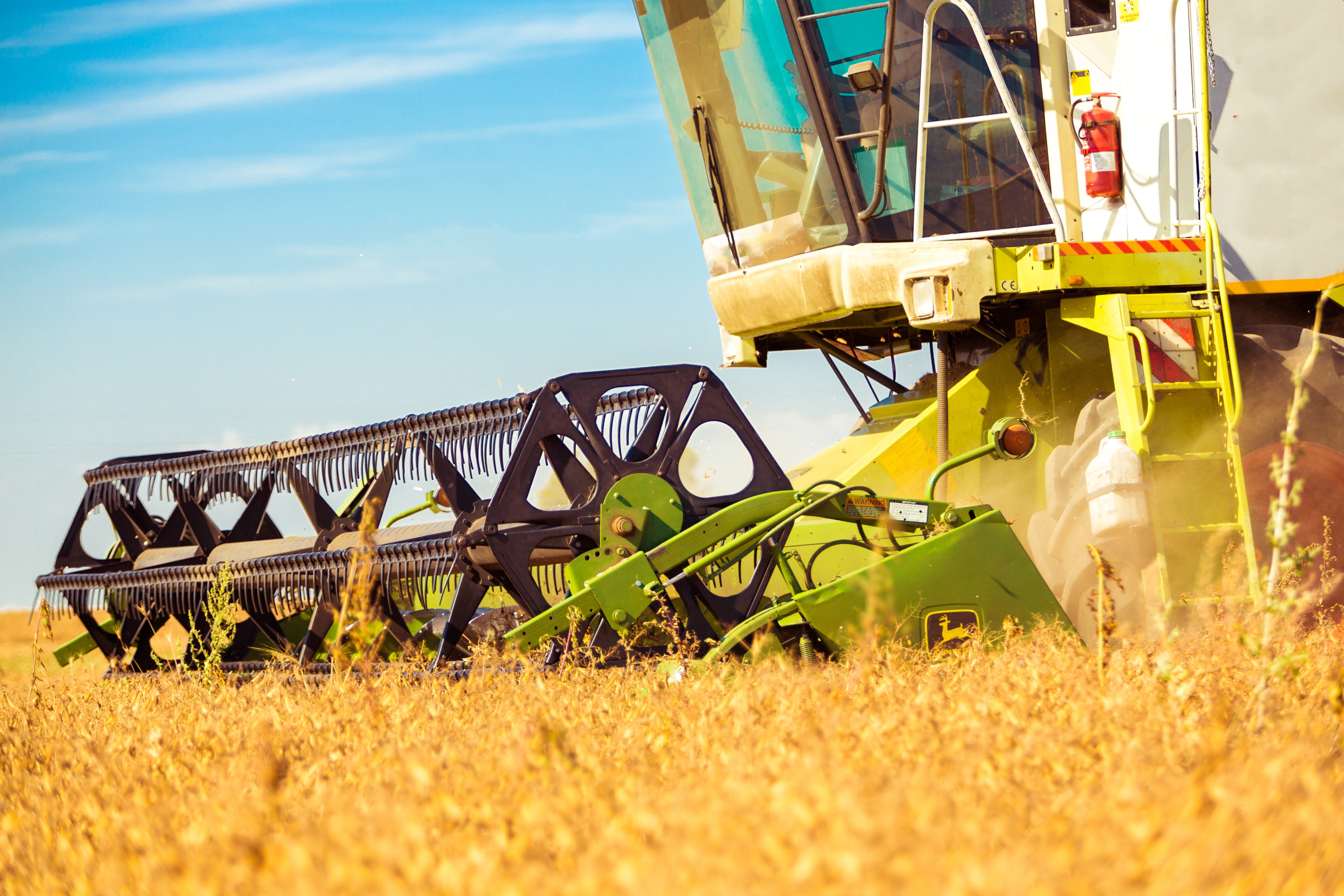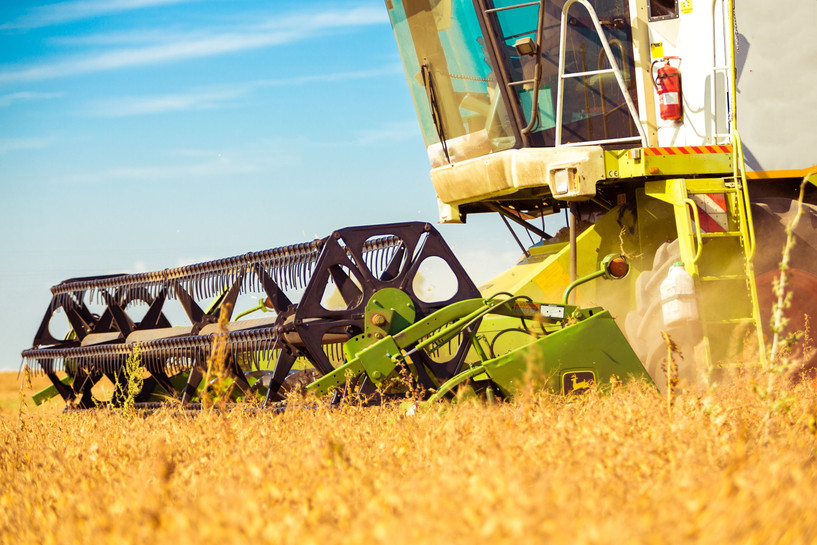Precision Agriculture: Technology For Today’s Agricultural Community
Around 200 years ago, more than 90 percent of the country’s population lived on farms, and in the 1940s, the crops grown on one farm was enough to feed 19 people. But today, there are more than 325 million people living in the U.S., with only 2 percent of the population growing food to feed them.
The history of farming is similar in Canada. Since the country’s Confederation in 1867, the number of farms has decreased, yet the number of acres planted has increased. Agricultural operations are becoming larger, and farmland prices are steadily increasing, forcing many younger farmers to rent acreage, crop share, or lease land from the government instead of purchasing it outright. The capital required to run a farm can be daunting.
Despite there being significantly fewer farms producing food, however, the amount of food grown and sold has increased. Advances in agriculture, such as crop genetics and equipment innovations, allowed U.S. farm outputs to double between 1948 and 2015.

The Appearance of Precision Farming
In the 1990s, GPS guidance for tractors was introduced to the agricultural community, the first step toward embracing technology and the innovations of precision farming, also known as “smart farming.” These technologies were also used for soil and yield mapping, and along with variable-rate input applications (VRT), allowed farmers to gather changing soil-growing conditions and adjust their growing practices. These technical applications resulted in small boosts in the profitability for those farms implementing the technology.
Almost immediately, the farming technology market was filled with additional ways to increase the accuracy in crop production, and cut back on the routine, labor-intensive tasks associated with growing food. The latest technology can no longer be accurately described as GPS, but is now recognized as GNSS--Global Navigation Satellite Systems--which better describes the global satellite technology used in precision agriculture today.
Precision Farming Technology
Today’s farmers use a cell phone to deliver technical data for equipment and other applications. Robots plant crops in fields and greenhouses alike, and remotes are used to guide grain carts in a path following combines during harvests.
The most advanced technologies used in precision farming are used for water management, say industry experts. Water scarcity and the depletion of aquifers has stimulated government regulations for water use, increasing the need for more precise methods of managing water supplies. Sensor technology measuring soil moisture and calculating rainfall has become important for irrigation regulation and monitoring, and cuts back on the amount of water used for irrigation.
Nitrogen modeling technologies address growers’ need to properly manage its use. Variable rate technologies to control crop fertilization first came into use in the 1990s, but still proved to be a challenge. Nitrogen cycles are complex, and constantly changing, but the latest fertilizer monitoring technology is easier to use, and addresses potential environmental changes that are expected to cause even more complexities with nitrogen fertilizers.
Digital wireless technology has further integrated with agricultural practices through cameras that provide monitoring of areas that, in previous times, would have required additional workers, time, and energy affecting overall profitability. Farmers today are implementing high quality digital camera systems that not only offer visual monitoring during both daytime and nighttime hours, but also provide sound capabilities as well. These systems are weather proof, use infra-red LEDs in zero light conditions, and can be controlled remotely.

Farm Safety Technology
Safety has always been a concern for farmers. According to the National Institute for Occupational Safety and Health, agricultural workers experience 100 non-fatal accidents each day that result in loss of work. Transportation and equipment injuries, heat exhaustion, and falls are common injuries, but there are other hazards as well.
Technology created to help ease labor-intensive tasks may also prove to decrease injuries and even death during day-to-day agricultural production. Monitoring grain levels in storage facilities has always been a dangerous job, but is necessary for daily production. However, technology developed in recent years using sensor technology no longer requires farmers and their employees to go inside the grain storage area to check grain levels. Grain Gauge Bin Monitors,for example, are devices that are mounted on the outside of the grain storage container, and light up when the grain hits its inside sensor. The monitor lights up at night, so it can be easily seen in the dark.

The Future of Precision Agriculture
Over the last 5 years, there has been a boon in agricultural technology startups, and have been working to bring additional artificial intelligence applications and robotics to the industry. From soil heat assessment to predictive seasonal analytics, precision agriculture will continue to provide new innovations, allowing farmers to use less land, fewer natural resources, and yet, produce greater amounts of food, say industry experts.
To view our line of digital camera and monitoring systems, or to check out the details and specifications of the Grain Gauge Bin Monitor, please visit our website.
 US Dollars
US Dollars
 Canadian Dollar
Canadian Dollar
 Australian Dollar
Australian Dollar
 Euro
Euro

